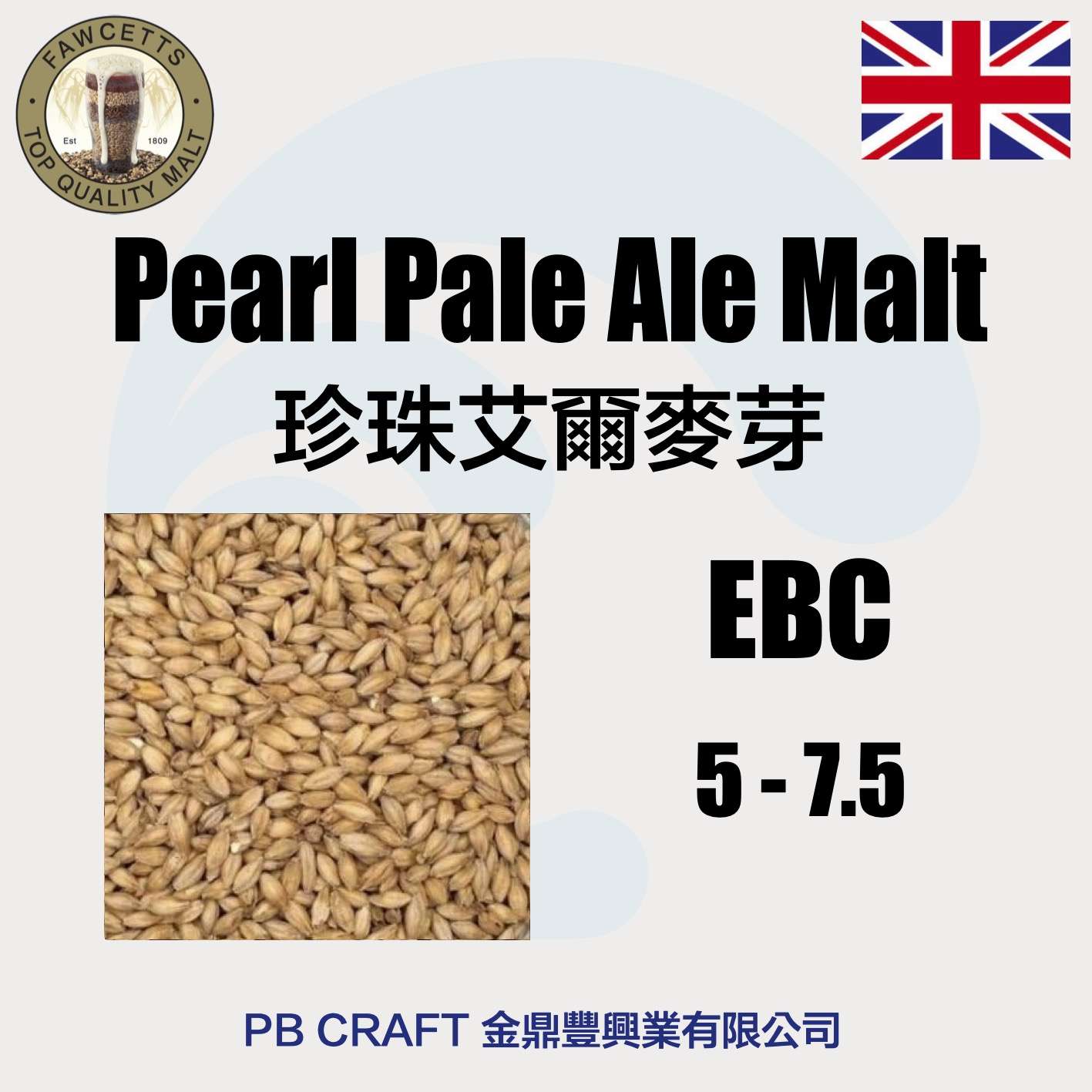shopping cart is empty
Pale Ale
Colour:
5 – 7.5 EBC 3.2 – 4.3°L
Features: light-coloured base malt. Kilning at up to 90-95°C.
Characteristics: Usually used as a base malt or in combination with Pilsen 2RS malt to impart a richer malt flavour and additional colour. Being deeper in colour, this malt can add a golden hue to the wort. It is used with strong yeasts to produce amber and bitter beers. This malt is kilned longer and is usually better modified, providing a more pronounced flavour than Pilsen 2RS. The enzymatic activity of Château Pale Ale malt is sufficient when used with large proportion of non-enzymatic specialty malts.
Suggested Usage : ≤80%
Type of beer : Pale ale styles and bitter beers, most traditional English beer styles.
*The packaging vacuum of the malt is confirmed before shipment. If the vacuum is lost due to collision during transportation, it will not affect the use.
* The purpose of rolling barley is to smash the barley to facilitate saccharification, and it will not be crushed very finely.
Colour:
5 – 7.5 EBC 3.2 – 4.3°L
Features: light-coloured base malt. Kilning at up to 90-95°C.
Characteristics: Usually used as a base malt or in combination with Pilsen 2RS malt to impart a richer malt flavour and additional colour. Being deeper in colour, this malt can add a golden hue to the wort. It is used with strong yeasts to produce amber and bitter beers. This malt is kilned longer and is usually better modified, providing a more pronounced flavour than Pilsen 2RS. The enzymatic activity of Château Pale Ale malt is sufficient when used with large proportion of non-enzymatic specialty malts.
Suggested Usage : ≤80%
Type of beer : Pale ale styles and bitter beers, most traditional English beer styles.
*The packaging vacuum of the malt is confirmed before shipment. If the vacuum is lost due to collision during transportation, it will not affect the use.
* The purpose of rolling barley is to smash the barley to facilitate saccharification, and it will not be crushed very finely.


